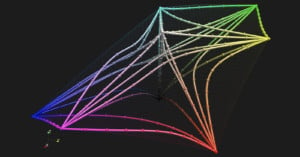
‘Math Error’ Found in Foundation of Century-Old Color Theory
A new study has corrected the work of Erwin Schrödinger after an error was found in the famed physicist’s 3D math that describes how eyes distinguish one color from another.

A new study has corrected the work of Erwin Schrödinger after an error was found in the famed physicist’s 3D math that describes how eyes distinguish one color from another.

The folks over at Canva have put together a fun, interactive Color Wheel tool that might just be the easiest, most enjoyable way way to play around with and learn about color theory.
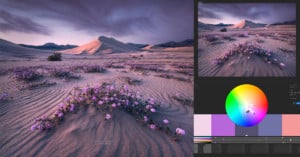
Discussions of many photography topics have the potential to veer deep into complex technical territory that may appeal more to scientists than to artists, and color theory is certainly one of those topics that can become rather arcane quite easily. What follows is a guide for landscape photographers who are more artistically inclined, those who are primarily interested in applying color theory to achieve creative goals.
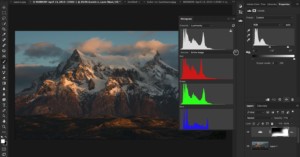
We talk about composition a lot, but have you ever really dived into the subject of color theory and thought about how it applies to your photography? If you haven't, you should... and arguably the best place to start is this incredibly comprehensive demo by landscape photographer Dave Morrow.
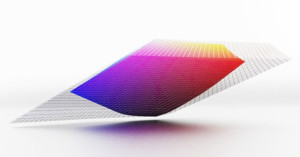
From time to time I post plots of color gamuts like the one above. Each time, I get emails asking how I make them, leading me to assume that the world's thirst for color nerdiness is going unquenched. I'm setting out to fix that in this post.
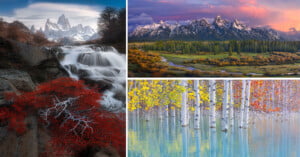
Award-winning landscape and nature photographer Greg Boratyn is known for combining brilliant photography with a penchant for educating photographers through presentations and his international workshops.
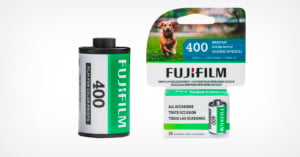
Fujifilm is poised to release a new 400 Color Negative film soon to, presumably, replace the Superia X-TRA 400 film that now shows as discontinued or out of stock at U.S. retailers.
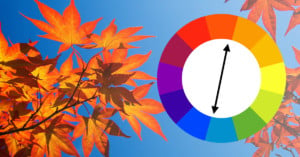
Photography, as the name suggests, is the process of creating images with light. But if you use only light, the entire image will be pure white (or any other color). So we also need the absence of light, or shadows, to create and showcase what we want. It's the interplay between light and shadows that creates the final image.
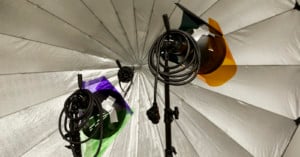
The use of strong and complementary colors is an ever-growing trend in photography. Many modern advertising campaigns feature bold and contrasting colors in order to draw your focus to the product or message they are trying to sell. One way to create such vibrant color in your own images is by using colored gels (also known as color filters, filter gels, lighting gels, or simply gels).
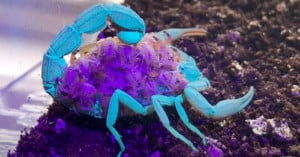
Did you know that Scorpions glow when you put them under an ultraviolet light? Ecological artist The Butterfly Babe (Sarah Folts) has shared a video showing a mother scorpion with her young gathered on her back and glowing a bright blue and purple under ultraviolet light.
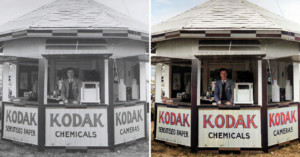
The ethical dimensions of artificial intelligence (AI) image colorization were recently brought to public attention when several historical images were altered using digital algorithms.
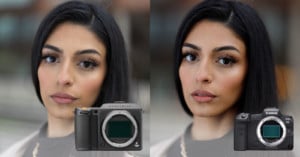
I was recently comparing the Canon EOS R5 (with the Canon RF 85mm f/1.2) to the Hasselblad X1D II (with the Hasselblad 80mm f/1.9). Initially we were aiming to focus primarily on the lenses, but during the comparison, we noticed that Canon was producing fantastic images, and this was predominantly due to the colors.

It's my belief that color is actually one of the most subjective elements that we as humans all understand, yet we actually have no real way of enforcing or translating it to one another.
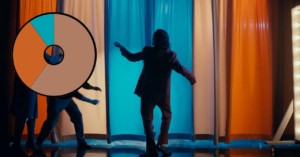
Photographers can learn a lot about composition and color theory from great cinematography. Case in point: in this video, filmmaker Sareesh Sudhakaran of Wolfcrow explains how great movies will often use the 'Three Color Rule' to capture and keep a viewer's attention.
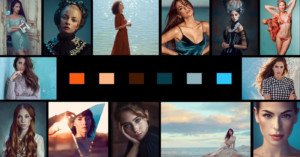
Want to learn the secrets of color grading in photography? Photographer and retoucher Joanna Kustra recently gave an hour-long webinar on the subject, and she has now made it freely available for anyone to learn from.
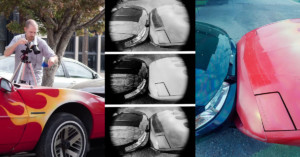
The three-color method of using colored lens filters when shooting black-and-white photos was one of the earliest techniques for creating color photos. This 11.5-minute video is an exploration of how this process is done.

I ran across yet another case of Holy Cow Look At These Russian Photos, in which the photographs of Sergey Prokudin-Gorsky were showcased. In 1902, Prokudin-Gorsky learned the method of shooting three negatives (color separations) and then projecting them in registration through filters to produce projected color images.
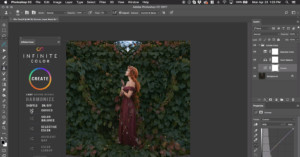
Working as a retoucher, one of the hardest parts of my job wasn’t even the cleanup work that an image typically requires, it was the color grading. Applying a specific look to an image to really enhance or create a mood that meets the client’s vision was either doable or really hard. There was never a time when it was completely easy, even for me.
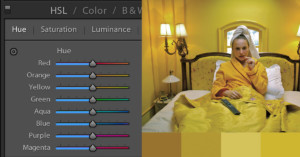
Today, it's becoming increasingly harder for your style as a photographer to become recognized. Of course, there are prolific photographers such as William Eggleston and Stephen Shore whose use of color is almost instantly recognizable.
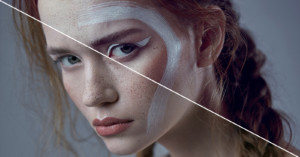
When you look at the work of a professional, award-winning beauty photographer like Zoë Noble, it just has that something extra. If you're wondering what that "something" is, this tutorial Noble created reveals one of the most important ingredients: color grading.

When photographing the world around us, the property of color is likely something most people tend to take for granted. We expect our cameras to portray the visible light spectrum accurately. However, in a world so engrossed with color, we sometimes forget how long it took to get to this point in time and how many photographers and scientists viewed the concept of color photography as a pipe dream.
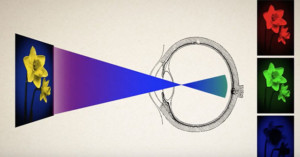
For some photographers, no term strikes more fear into one’s heart than "Color Spaces." The idea that different devices, along with our eyes, perceive light differently can seem confusing. Anyone that has gone to print one of their photographs probably knows that it can take some know-how to ensure your images are correctly represented on paper.
If you're new to the world of color theory, photographer Forrest Tanaka wants to help: in the 13-minute video above, he explains color spaces in an easy-to-understand way.

There are many ways to remove color casts from your images in Photoshop, but this tutorial by photographer and retoucher Michael Woloszynowicz offers one of the quickest, easiest and most effective methods we've seen.
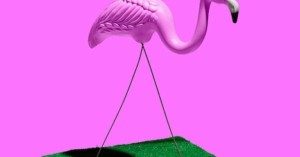
Crayola Crayons -- the tools with which many a toddler has decorated many a refrigerator door -- all have interesting real-world names. Some strange colors like 'Flesh' have been understandably renamed. But many equally interesting colors have remained staples in the coloring world, and it's these colors that photographer Daniel Seung Lee and art director Dawn Kim set out to capture in their collaborative series Crayola Theory.
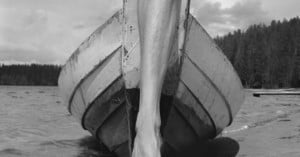
We are in the midst of sea change -- a tidal wave might be more accurate -- within the medium of photography. While the lens is still firmly fixed to the camera body, the body itself appears to have imploded. The inner workings -- that is, the guts of the camera from Talbot’s days (when cameras were called “mousetraps” by his wife who was always tripping over them) -- have changed faster than anyone expected.
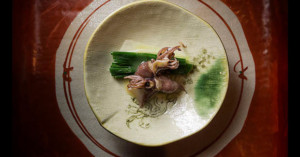
Here's a primer for beginning photographers on the concepts of aspect ratios and compositional theories.
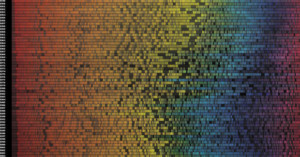
Software engineer Vijay Pandurangan had a theory, that turned into an experiment, that ultimately turned into some pretty interesting results. His theory was that over the years our color bias, specifically where movie posters are concerned, has gone more dark and blue. To test this he analyzed 35,000 posters from 1914 to present day and came up with the visual representation pictured above.
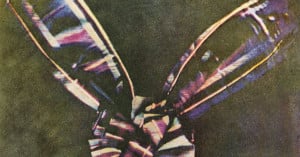
Color photography was born on this day 150 years ago in 1861 when Scottish physicist and mathematician James Clerk Maxwell and photographer Thomas Sutton -- inventor of the SLR camera -- shot the above photograph of a colored ribbon.
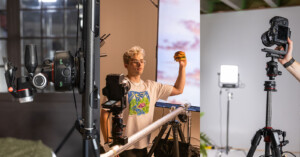
Syrp Lab has released a new video to help videographers capture mouth-watering food footage, although the tips and tricks also apply to still photography.
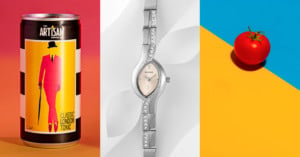
As a product photographer, I use paper in various different ways as a background for still-life photos to keep costs down for creative shooting. In this article, I'll show you how I do it and how you can do it too.
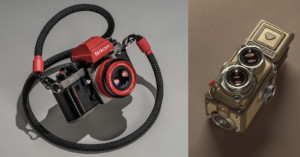
A photographer breathes fresh life into analog cameras by carefully disassembling and then painting them.
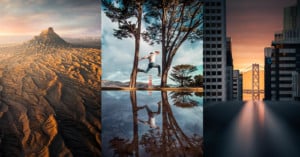
Photography and filmmaking wasn’t always a part of Kane Andrade’s career path. The San Francisco Bay Area native and Adobe Lightroom Ambassador originally was interested in animation before joining the military. That military experience would wound up changing the course of his life and ignited the flame that inspired him to tell the seldom heard stories of those within his community.
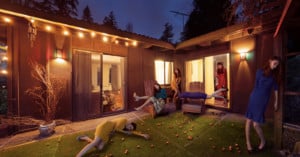
Kate Woodman has mastered taking exceptionally creative images in small, mundane spaces and teaches others how to do the same. What started out as a necessity has now become an art form.
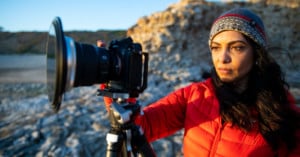
There are many passionate and talented photographers who wonder whether they should quit their full-time job to pursue photography professionally. Sapna Reddy is a photographer who proves you don't need to -- she has dual careers as both a full-time physician as well as a professional landscape photographer.
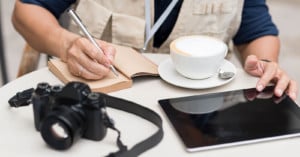
With every year that goes past, photography becomes more and more accessible to the average person. Compared to even a decade ago, even the most basic cameras – including those on your smartphone – produce excellent images. Moreover, you can find plenty of free resources and classes that give you all the information you need to succeed.
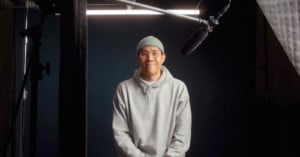
Product photography can be one of the most overlooked, and yet, most valuable genres of the craft for a creative. While many feel product photos just mean placing an object on a table and snapping a quick photo, it is actually much more complex and requires the right equipment, space, lighting, and most importantly, the vision to produce breathtaking images that will make a view interested in purchasing the product.
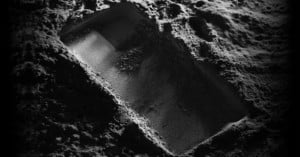
Oppo has announced a three-year partnership with camera maker Hasselblad to co-develop camera technologies for Oppo's Find X series smartphones. The announcement follows a similar arrangement between OnePlus and Hasselblad last year.
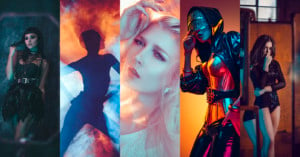
One of the bigger personal projects I’ve been working on recently is my Cinematic Studio Lighting course. During the process of writing the accompanying notes and shooting promotional images for the event, I’ve done a ton of research on how cinematographers and directors of photography work, think, and plan their shots.
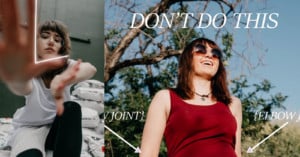
If you're just getting started in photography and want to build upon a solid foundation, here's a helpful 9-minute video by the popular YouTube channel Mango Street that covers 5 basic photography techniques for beginners.
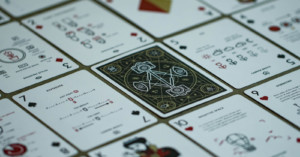
Here's an interesting idea: what if you could teach someone all of the basics of photography by simply giving them a deck of playing cards? That's exactly what a new Kickstarter campaign for the so-called "Photography Deck" wants to deliver.